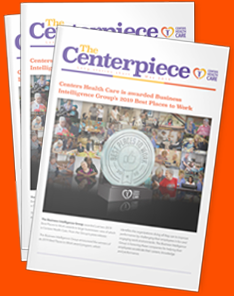The transition to a long-term care facility like the Far Rockaway Center for Nursing and Rehabilitation can mean a change to both daily routines and living environment conditions for some patients, and that sometimes necessitates a revision of the patient’s wardrobe. Thankfully, as a large portion of our nation’s population ages and demands on nursing and rehabilitation facilities increase, the adaptive clothing industry is growing and evolving as well.
“Adaptive clothing” refers to clothing items that are designed or altered in ways that make independent and assisted dressing easier. Currently, both general and specialized clothing manufacturers are recognizing the practical benefits and growing demand for this type of clothing, a trend that both increases and improves the options available. This means that we can make daily dressing and undressing needs easier on both our patients and our staff without sacrificing clothing appearance or quality.
There are, for instance, manufacturers who create jeans made from material that’s softer on the skin in frequently pressured areas. These jeans also have pockets made to be more easily accessible to seated patients. Velcro closure pants, zipper-back tops, and shirts with side seams that are open in the first few inches at the bottom (to prevent bunching) are also helpful for quick and convenient access, donning, and removal. Magnet seams on adaptive clothing provide possibly one of the easiest means of closure and access, especially when traditional buttons can prove a bit too challenging.
Ultimately, adaptive clothing not only saves time and trouble for both patients and staff, it also reduces overall patient frustration/agitation and the risk for falls or other minor accidental injuries during dressing and undressing. You can even consider altering existing clothing to become more adaptive if there are some favorites the patient would rather keep and wear. So, the next time you’re shopping for a loved one who’s staying in a long-term care facility, consider what challenges a particular item of clothing might represent and how those challenges could be mitigated.






